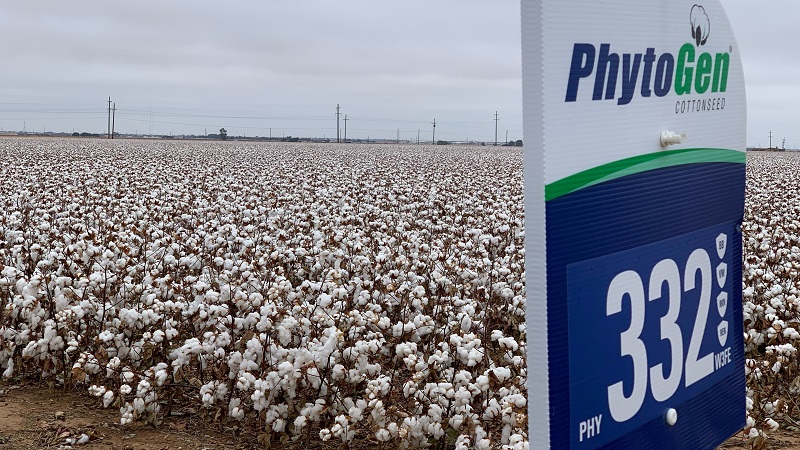Cotton Bulls and Bears Continue Market Standoff
The cotton market continues its hunt for fundamentals necessary to move prices out of their eight-month trading range between 75 and 88 cents. Ideas of lower prices have surfaced from time to time. Yet, an equal number of potentially bullish factors also surfaced, but prices were never able to move outside the trading range.
Consequently, the narrower five-cent trading range, 78-83 cents, constrained most all trading activity. Price activity outside this range was always short lived.
While a myriad of weather factors have blanketed the major northern hemisphere growing regions, no factors have surfaced that proved to be market movers, neither bullish nor bearish. Consequently, it is early July, and the market is acting as if the crop has been laid by and the hot humid days of August have frozen prices in place, struggling to break out of that five-cent trading range.
The July world supply demand report will be released by USDA on July 12, and it is doubtful there will be any indications in that report that will prove to move the market. USDA will make small adjustments in world production, consumption, and year-ending stock estimates. USDA could play its hand on the U.S. production estimate, but that is very doubtful. Therefore, the market is expected to continue to move within the same trading range until the August USDA supply demand report on August 11.
The story has not changed with respect to the principal burden facing the market. World textile demand and the lack of both U.S and world consumer confidence in the respective economies continues to plague prices. Europe continues to fight inflation, as does the U.S. Interest rates continue to rise in most countries and the world’s primary economies – the U.S., Germany, China, Japan, European Union, India, and most other countries.
The inability of the U.S. to bring down inflation will lead the U.S. Fed to continue raising interest rates to battle inflation. In turn, this will force U.S. cotton export prices higher as the international textile sector trades based on the value of the U.S. dollar – and higher interest rates tend to increase the value of the dollar against other currencies. Thus, any interest rate hike by the U.S. has the tendency to require importing countries to pay more of their respective currency for U.S. cotton imports.
World cotton demand is simply not growing fast enough to get the world textile economy out of a recession. We have stated for several months that any increase in world cotton demand would have to wait for the major world economies to see positive economic growth, and the message is still noticeably clear that economic growth will not increase until at least March 2024. Most textile mills operate on very thin margins (the spread between the price paid for cotton and the price for yarn) and cannot afford to purchase cotton to build yarn inventory. Mills are only buying cotton as orders for yarn are received. Thus, the entire demand structure for cotton and the demand for cotton yarn has slowed.
In the absence of demand, there is little to move prices higher, especially given that world cotton carryover is 92-93 million bales.
The world stocks-to-use ratio is about 75% – quite high to expect much in the way of a favorable market given the absence of demand. However, with reduced planting in India, China, and the U.S., weather problems could potentially create a base for higher prices. Thus, one cannot deny the potential to break above the trading range does exist.
Yet, until more definite weather patterns emerge, the opportunity for higher prices is limited. The 2023 El Niño event is in full swing, and long-range weather forecasters are predicting a rash of hurricane events for the U.S. Cotton Belt this season. Indian monsoonal activity has been spotty. However, until more is known, cotton prices will remain locked within the trading range.
The most optimistic price models suggest prices could advance to the high 80s, but not without the help of weather-reduced yields in some combination of India, the U.S., and China.
Look for the narrow five-cent trading range, 78-83 cents, to persist.
Give a gift of cotton today.









